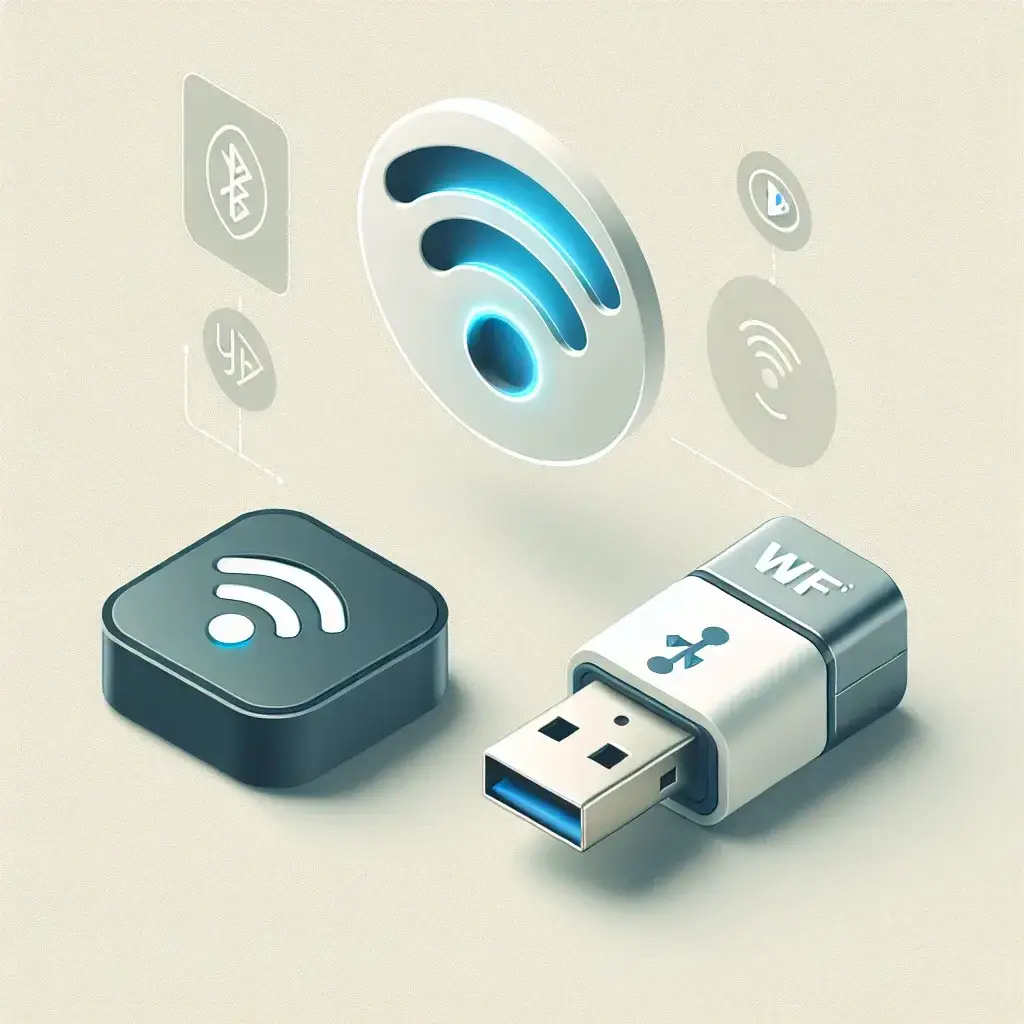Can a WiFi Adapter be Used for Bluetooth Connections?
With the growing need for seamless connectivity in our modern world, users often wonder if a WiFi adapter can be used for Bluetooth connections. To answer this question effectively, it is essential to understand the technical specifications and functions of both technologies. Herein, we will explore WiFi and Bluetooth, highlighting their differences and discussing if a single adapter can cater to both technologies.
Technical Differences between WiFi and Bluetooth
While both WiFi and Bluetooth technologies operate in the 2.4 GHz band, they have distinct protocols, functionalities, and applications. The table below summarizes some key differences:
| Feature | WiFi | Bluetooth |
|---|---|---|
| Purpose | High-speed internet and device networking | Short-range device communication |
| Data Transfer Rate | Up to several Gbps | Up to 3 Mbps |
| Range | About 100-300 feet (indoors) | About 30 feet (indoors) |
| Security Protocols | WPA2, WPA3 | Pairing PINs, Encryption |
| Power Consumption | High | Low |
Can a WiFi Adapter Serve Dual Purposes?
A WiFi adapter is designed specifically for WiFi signals, utilizing the IEEE 802.11 standards. On the other hand, Bluetooth adapters use Bluetooth technology driven by IEEE 802.15 standards. Since these technologies have different physical layers and protocols, a standard WiFi adapter cannot directly be used for Bluetooth connections. However, there are solutions that combine both functionalities within one unit.
Combo Adapters
To accommodate both WiFi and Bluetooth functionalities, manufacturers have developed combo adapters. These are integrated devices that possess both WiFi and Bluetooth transceivers. Despite using the same 2.4 GHz frequency, the hardware and protocols necessary to handle each connection are different, so the adapter contains separate chips for each function.
How Combo Adapters Work
Combo adapters are built with dual-chip architectures, one chip supporting WiFi and the other supporting Bluetooth. Such devices leverage coexistence mechanisms to minimize interference and maintain stability. Examples of commonly used combo adapters include:
- Intel Dual Band Wireless-AC 8265 – Supports both WiFi and Bluetooth 4.2.
- Broadcom BCM94360CD – Provides WiFi speeds up to 1.3 Gbps and Bluetooth 4.0 support.
- Qualcomm Atheros QCA9377 – Suitable for laptops, offering WiFi and Bluetooth 4.1.
Benefits of Using Combo Adapters
Adopting combo adapters offers various advantages:
- Convenience: One device supports multiple functions, reducing the need for separate adapters.
- Space-saving: Ideal for laptops and other portable devices where space is limited.
- Cost-effective: Combo adapters often cost less than purchasing separate adapters for each function.
Alternate Options
If you prefer not to use a combo adapter, you can still maintain both WiFi and Bluetooth functionalities using separate adapters. Typically, computers come with built-in Bluetooth and WiFi modules, but for enhanced performance or added features, external USB adapters are also available.
Separate WiFi and Bluetooth Adapters
While separate adapters may occupy additional USB ports, they offer flexibility in terms of positioning and potential upgrades. Here are a few alternatives:
- TP-Link AC600 USB WiFi Adapter: Offers stable WiFi connectivity with dual-band support.
- ASUS USB-BT400: A compact Bluetooth adapter supporting Bluetooth 4.0.
Conclusion
In summary, a standard WiFi adapter alone cannot be used for Bluetooth connections due to differing technological standards and physical layers. However, combo adapters that include both WiFi and Bluetooth functionalities provide a practical solution. These devices are built with dual-chip designs to ensure robust performance for both wireless technologies. Depending on your needs, either a combo adapter or separate adapters might be the most suitable solution for achieving seamless connectivity in your setup.

